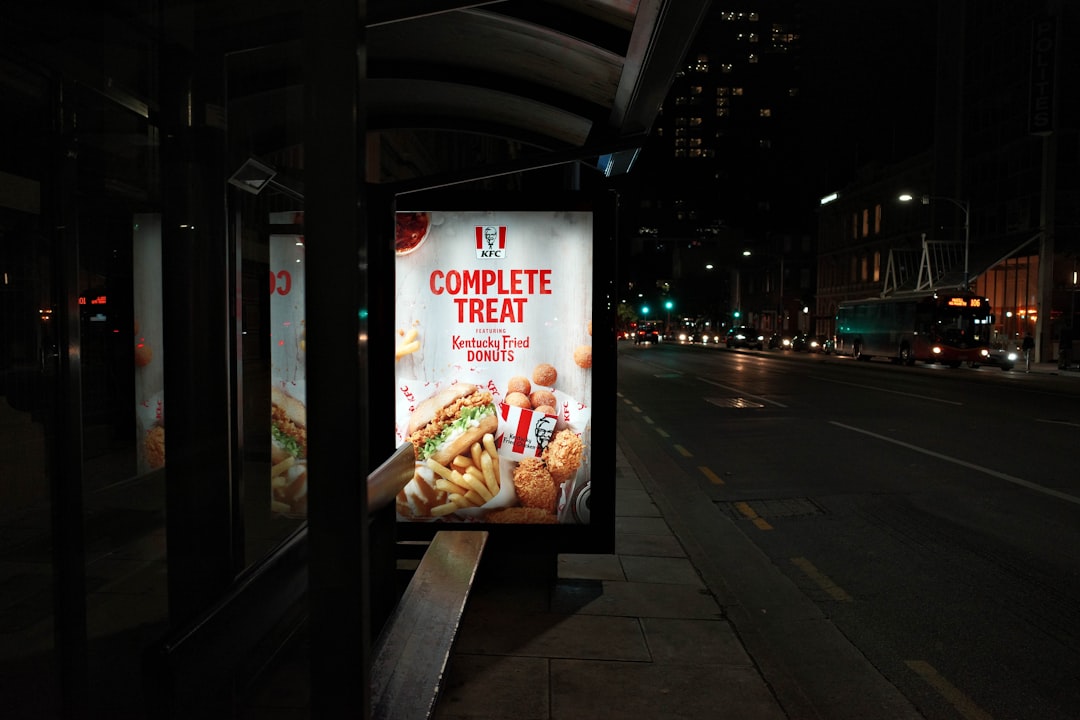In the dynamic world of influencer marketing, understanding the return on investment (ROI) is crucial for businesses aiming to maximise the impact of their campaigns. As the landscape evolves, so does the importance of pinpointing the metrics that truly matter. Gone are the days of measuring success solely through likes and follower counts. Today, we’re looking at a more nuanced approach that aligns with both qualitative and quantitative goals. In this post, we’ll explore the key metrics that businesses should focus on to gauge the effectiveness of their influencer marketing campaigns.
Understanding ROI in Influencer Marketing
ROI in influencer marketing isn’t just about tracking dollars and cents; it’s about understanding the broader impact on your brand. It involves analysing a combination of tangible and intangible benefits, from direct sales and website traffic to brand awareness and customer loyalty. The challenge lies in identifying which metrics offer the most insightful view into your campaign’s performance.
Key Metrics to Measure
Engagement Rates
Engagement rates are at the heart of influencer marketing ROI. They provide insights into how actively involved the audience is with the content. This includes likes, comments, shares, and saves. High engagement rates often indicate content relevance and audience interest, which can translate into higher campaign effectiveness.
Conversion Rates
Conversion rates track the percentage of users who take a desired action after interacting with influencer content, such as making a purchase, signing up for a newsletter, or downloading a guide. This metric is vital for understanding how well the influencer’s content drives tangible business outcomes.
Click-through Rates (CTR)
CTR measures how many viewers click on the links provided in an influencer’s content. It’s an essential metric for gauging the initial interest and the effectiveness of the call-to-action (CTA) used in the campaign. High CTRs indicate compelling content and effective CTAs.
Brand Sentiment
Brand sentiment analysis involves monitoring social media and other online platforms to assess public perception of your brand before, during, and after a campaign. It helps in understanding the qualitative impact of influencer marketing on brand image and customer perception.
Cost Per Engagement (CPE)
CPE calculates the cost of each interaction (like, comment, share) with the influencer’s content. It offers a clear picture of the financial efficiency of your campaign, helping you understand how much you’re paying for active audience engagement.
Strategies for Maximising ROI
Choose the Right Influencers
The alignment between an influencer’s audience and your target market cannot be overstated. Partnering with the right influencers ensures that your content reaches the most relevant audience, thereby enhancing campaign effectiveness.
Set Clear Goals and KPIs
Define what success looks like for your campaign, whether it’s boosting brand awareness, increasing sales, or enhancing customer engagement. Clear goals and KPIs allow for more focused measurement and better interpretation of results.
Leverage Multi-Platform Analytics
Utilise analytics tools across various platforms to gather comprehensive data. This multi-faceted approach offers a holistic view of campaign performance, enabling more accurate ROI calculation.
In Conclusion
Measuring ROI in influencer marketing campaigns goes beyond surface-level metrics. By focusing on the metrics that matter and employing strategic measurement practices, businesses can unlock deeper insights into campaign performance, optimise their influencer marketing strategies, and achieve measurable, impactful results.
Discover Our Latest Insights


The Rise of Virtual Models: A New Era at London Fashion Week

South Korea’s New Rule: Mandatory Labels for AI-Generated Advertisements
Ready to reach new heights?
For every 1$ you spend on influencer marketing, your brand earns $5.20 in ROI.
Kickstart your influencer marketing-led social-first advertising strategy.
